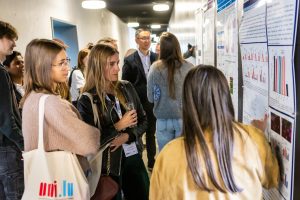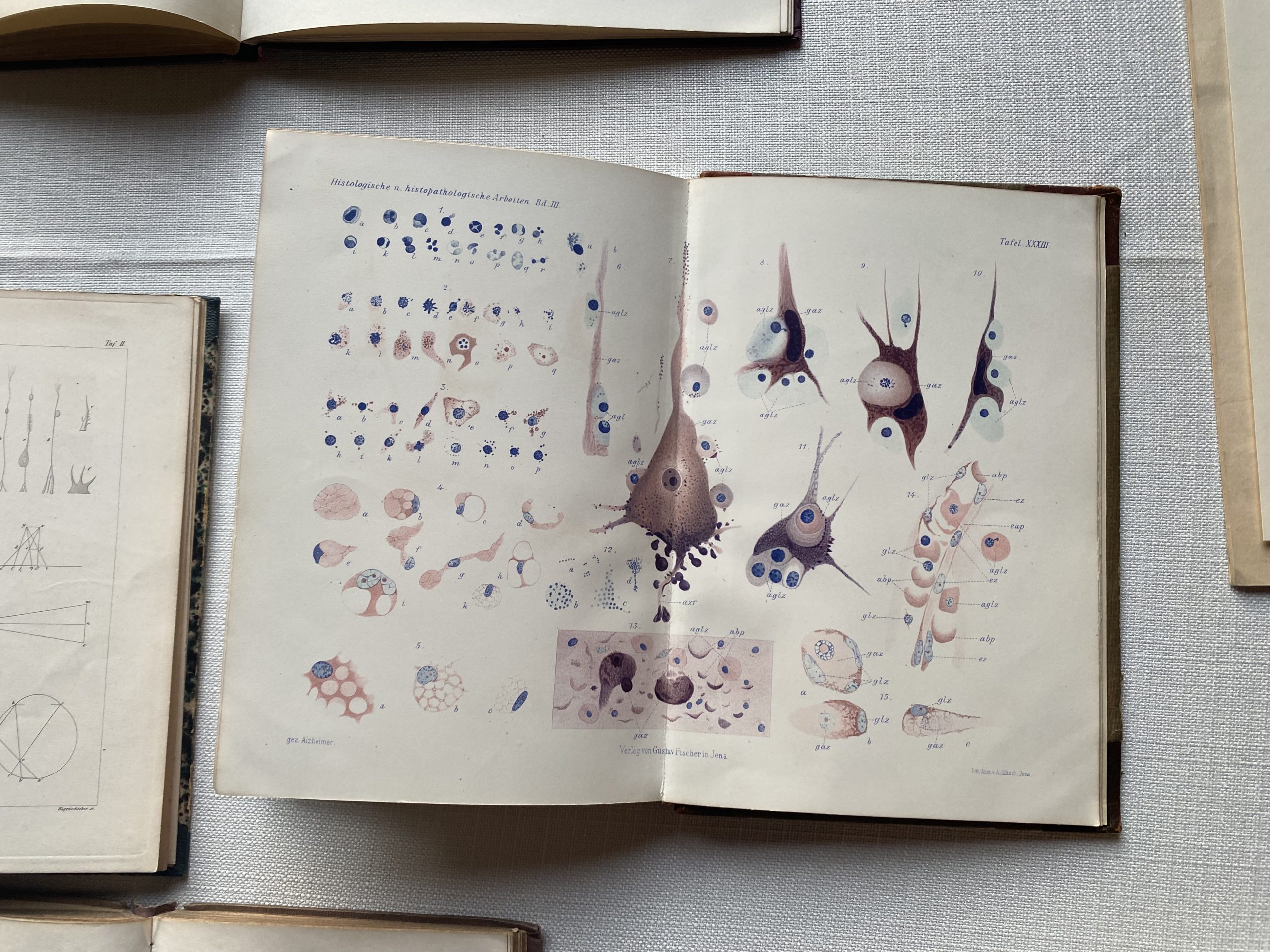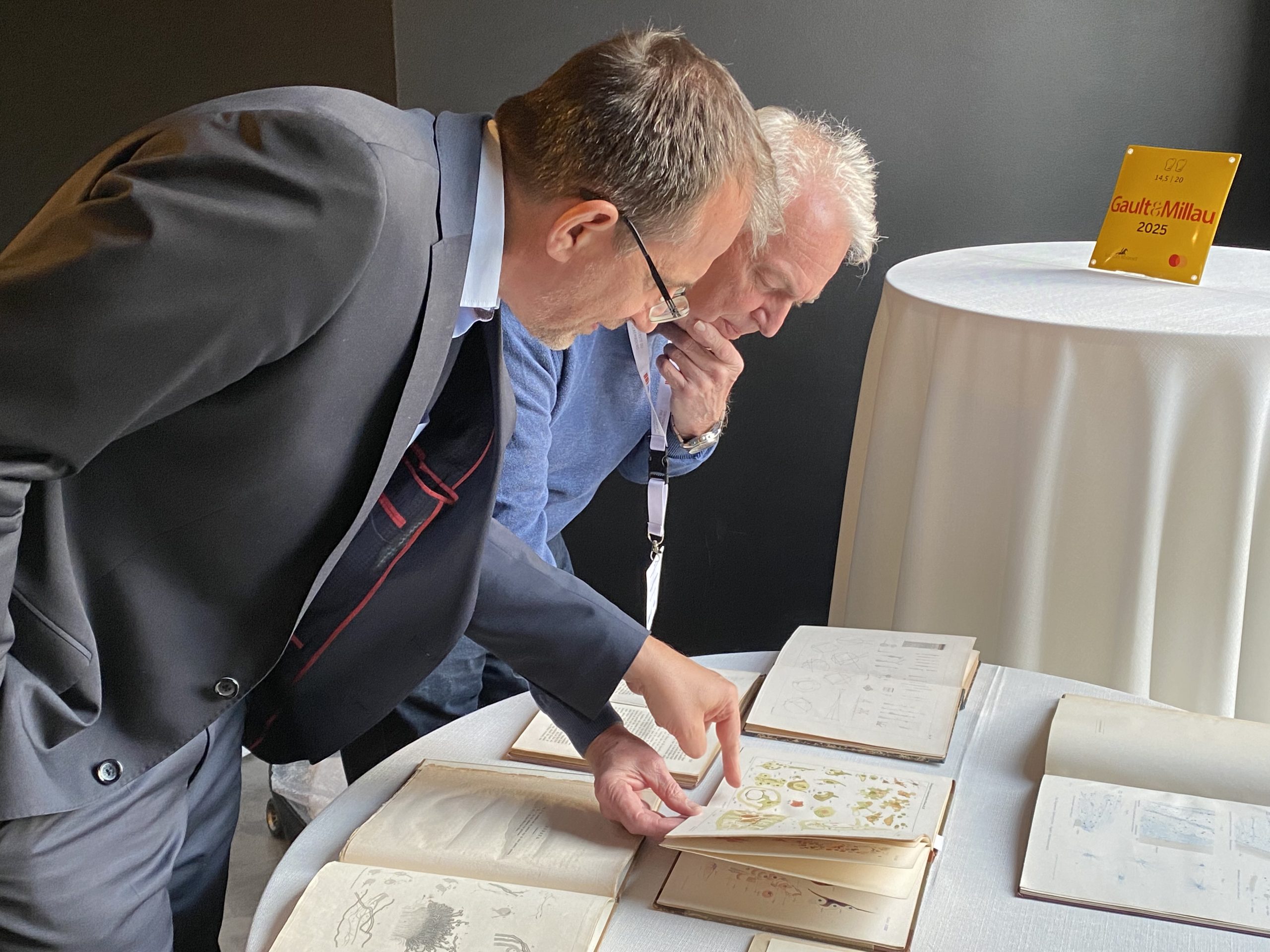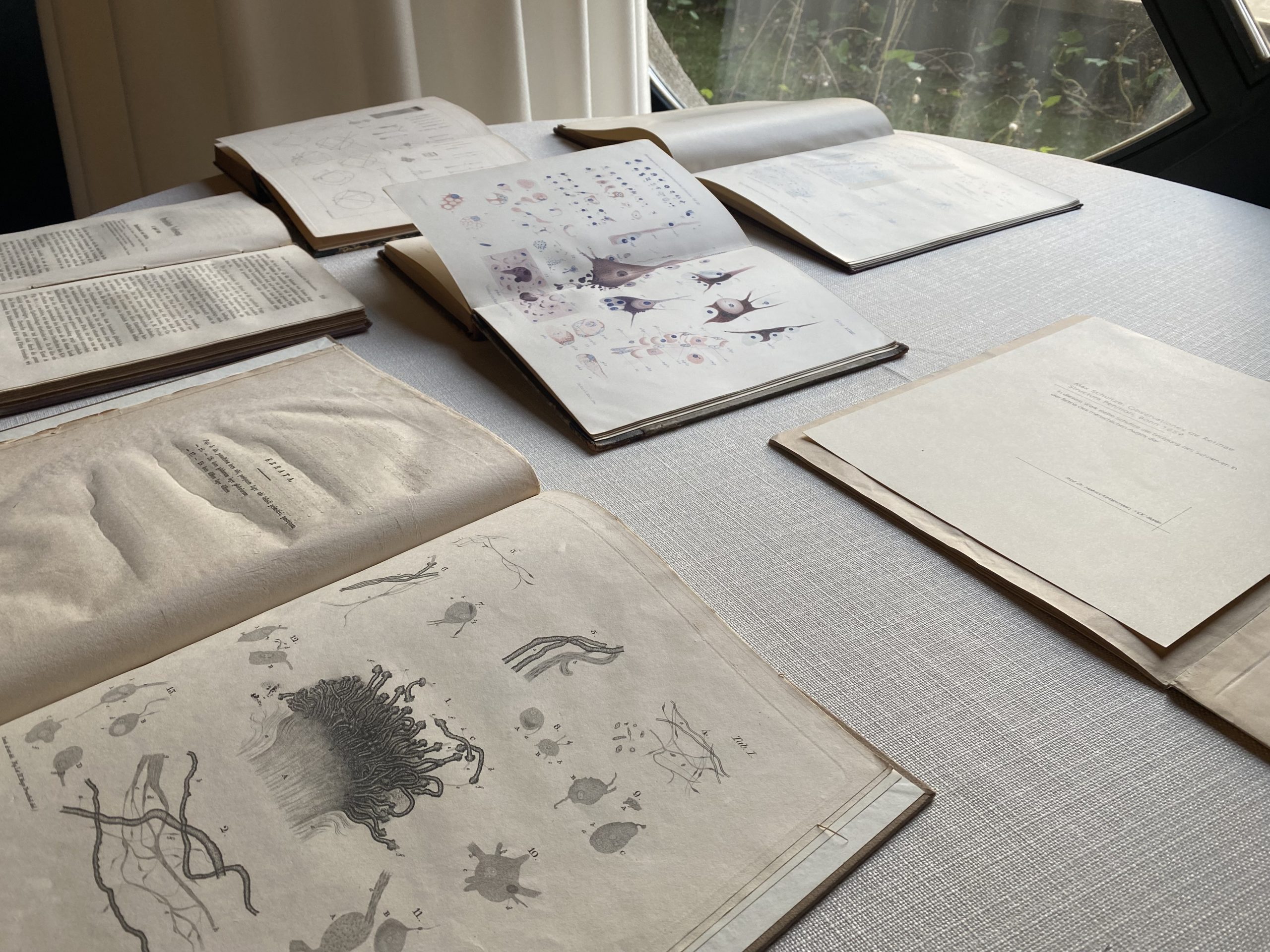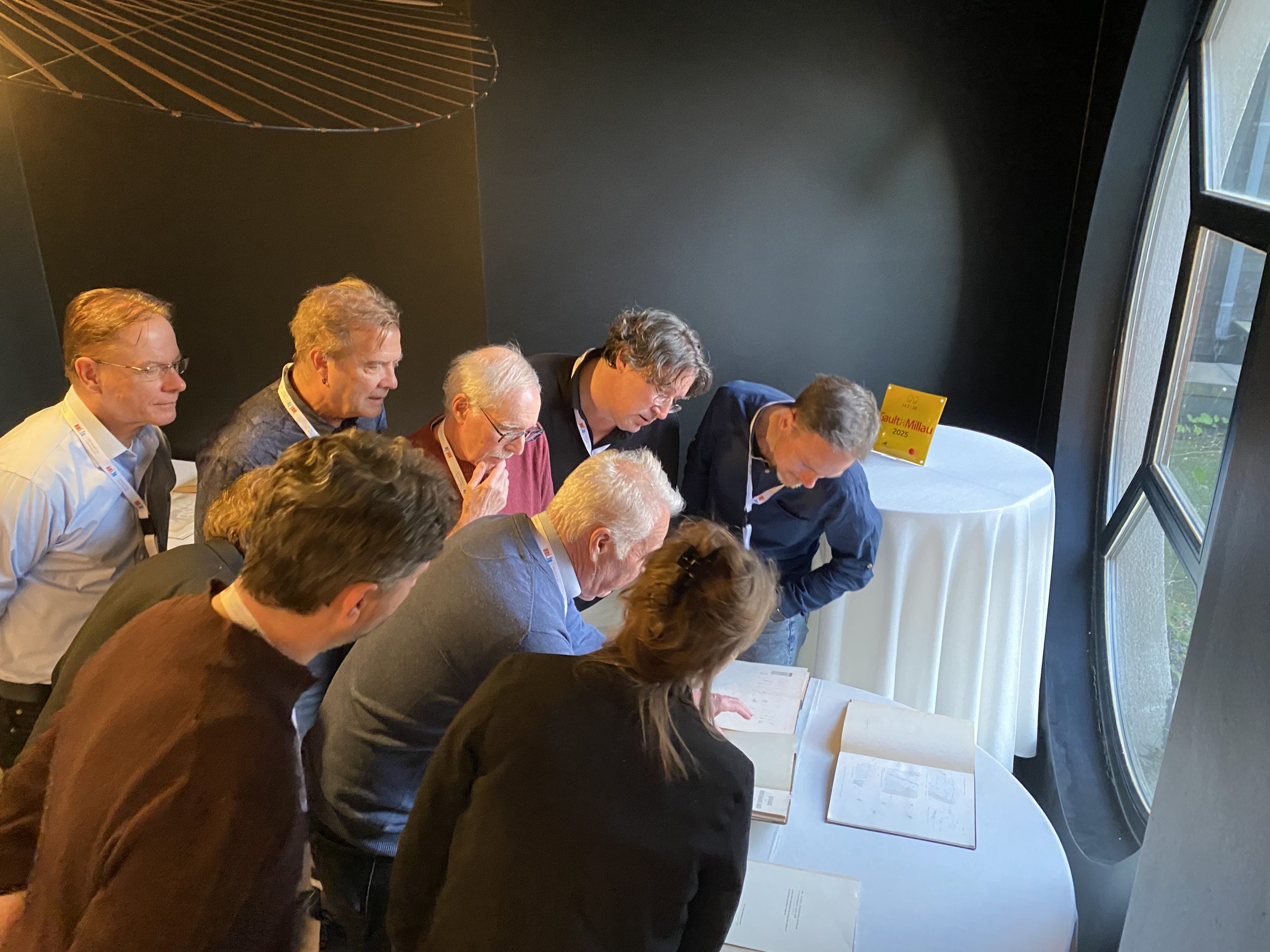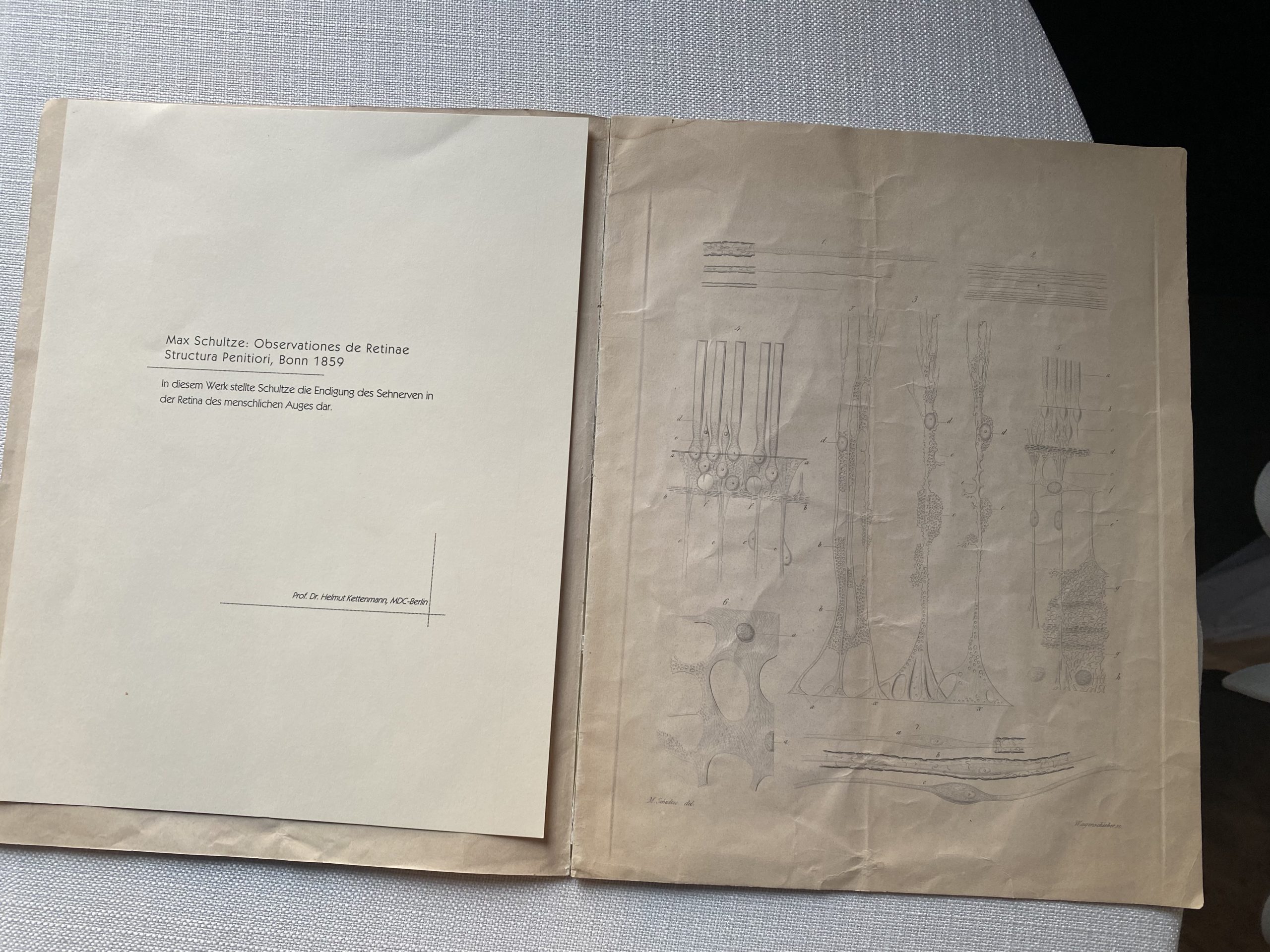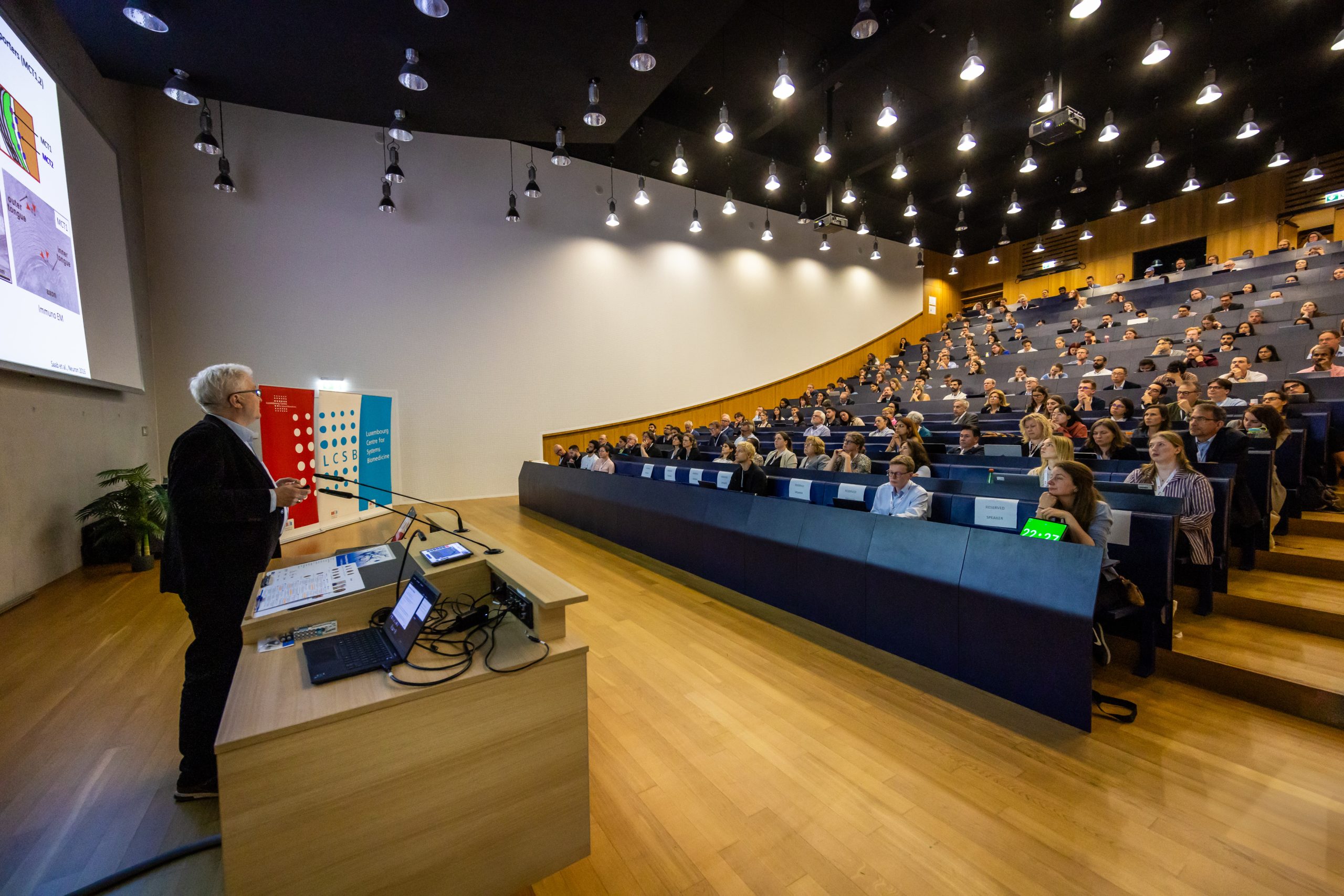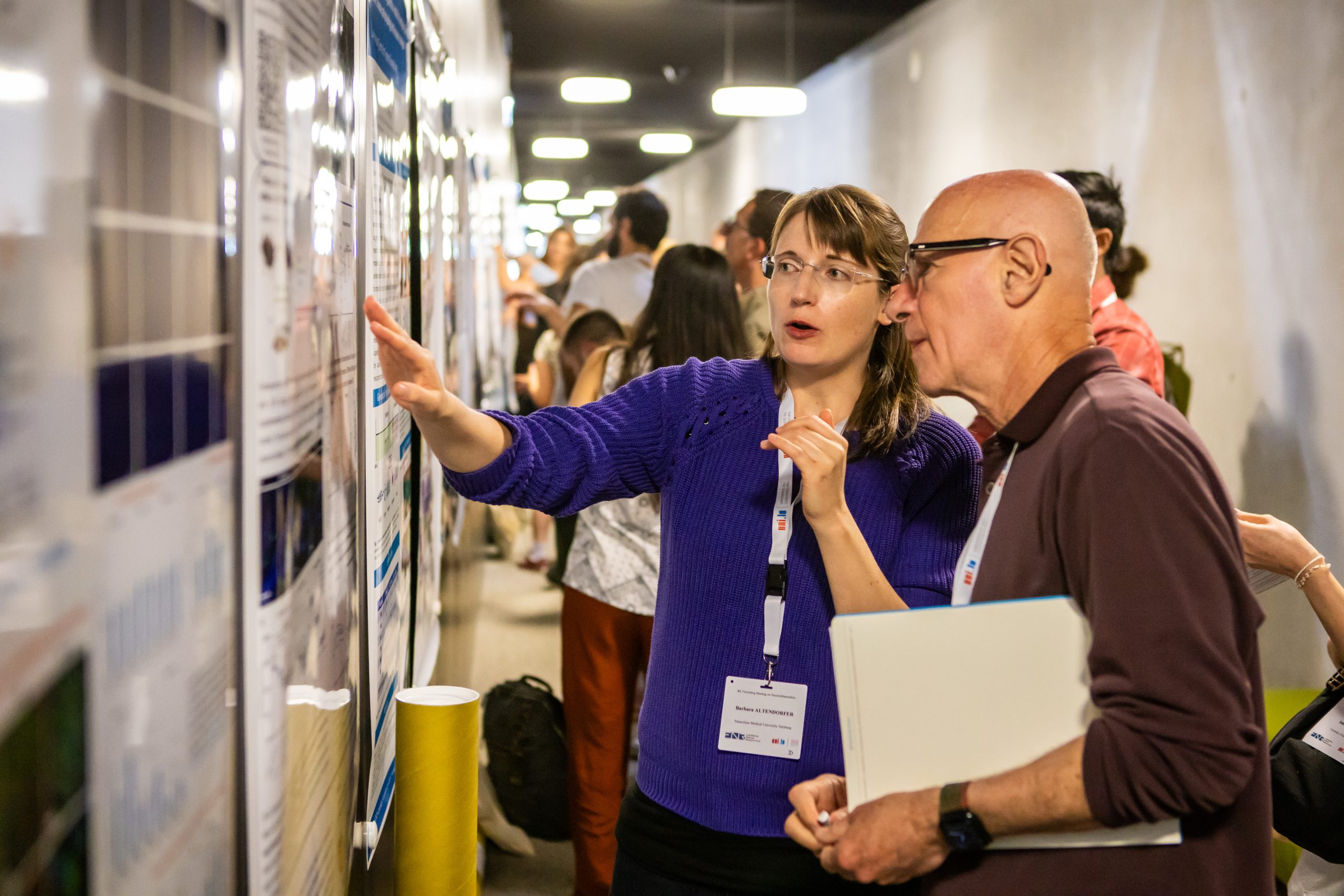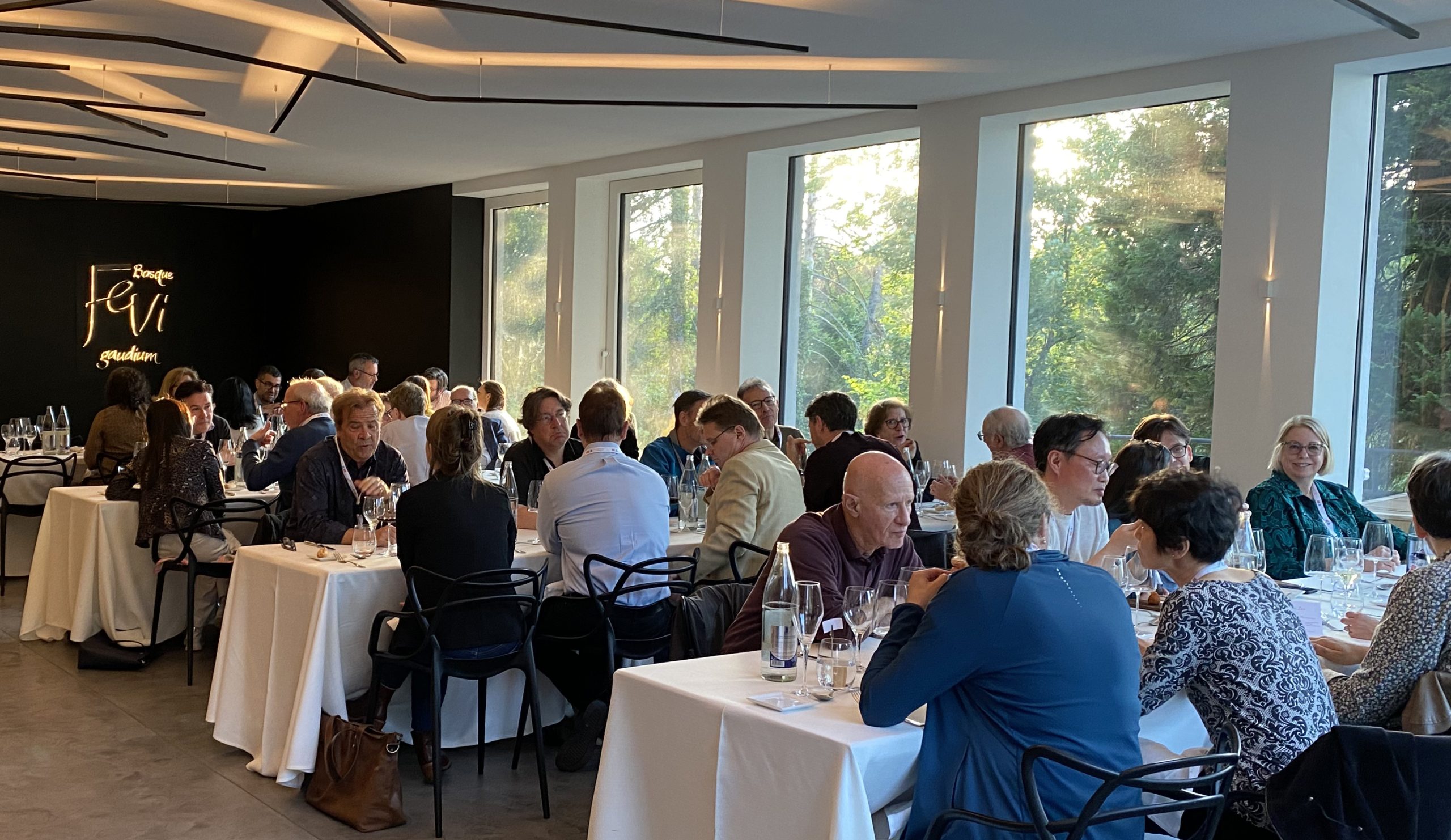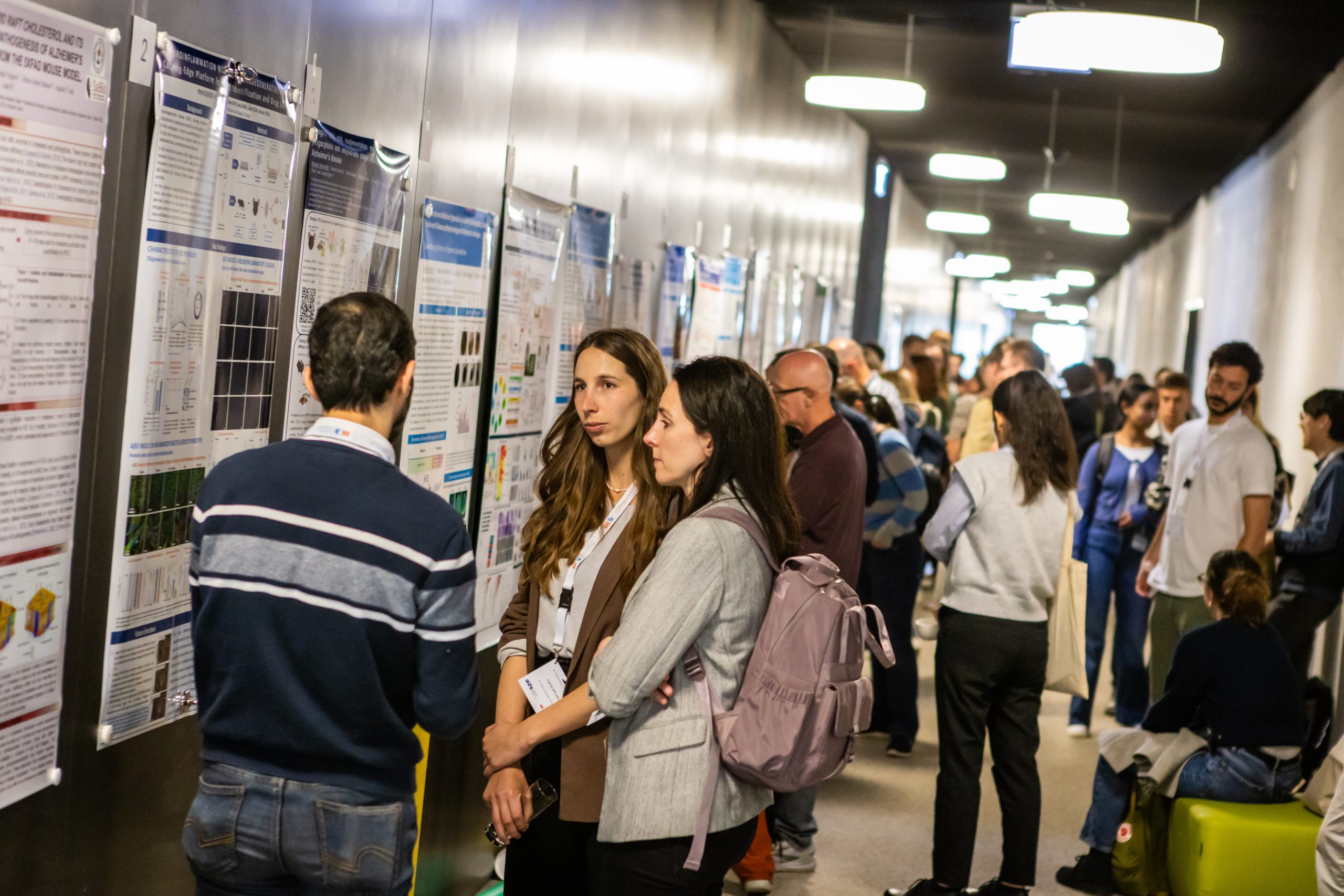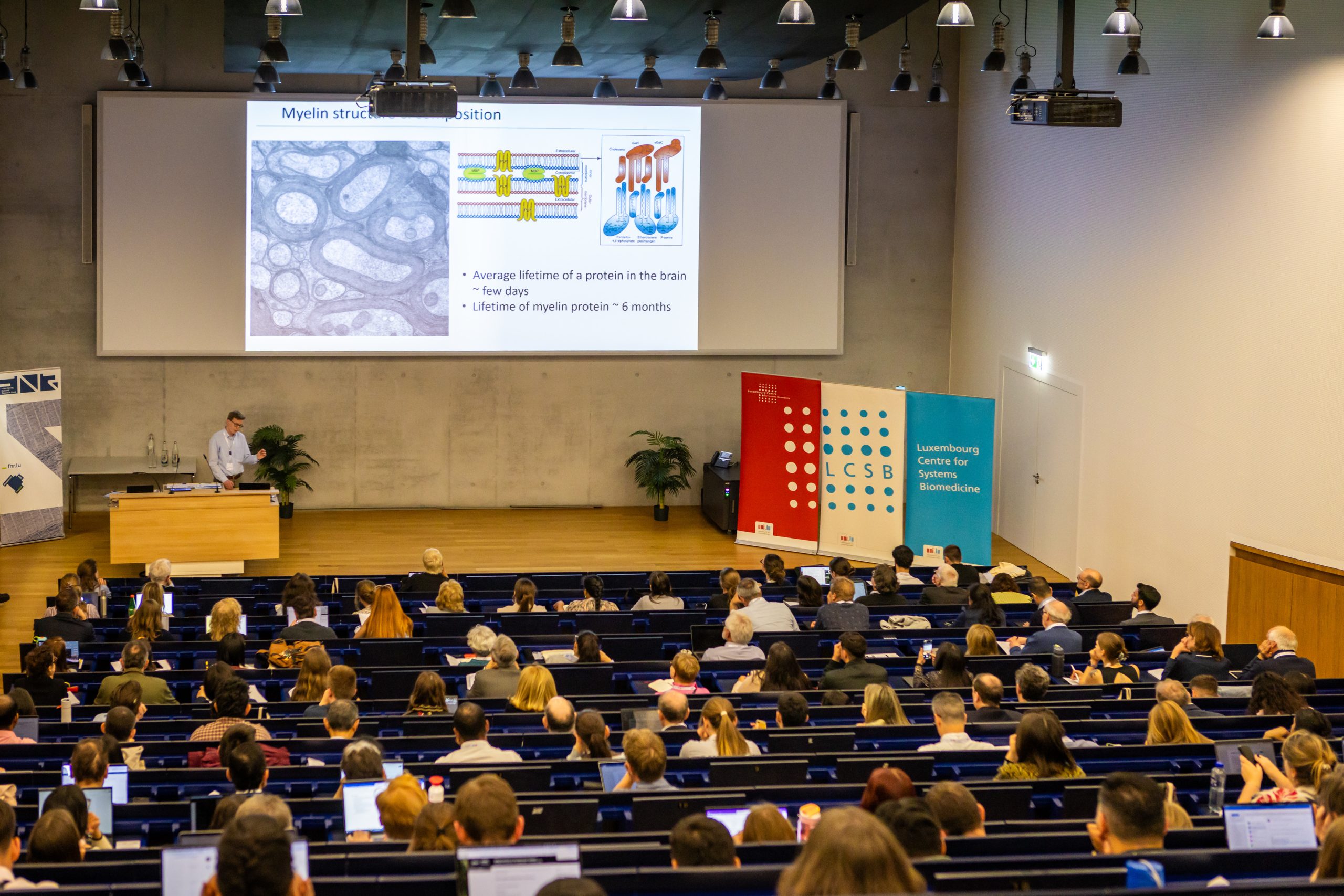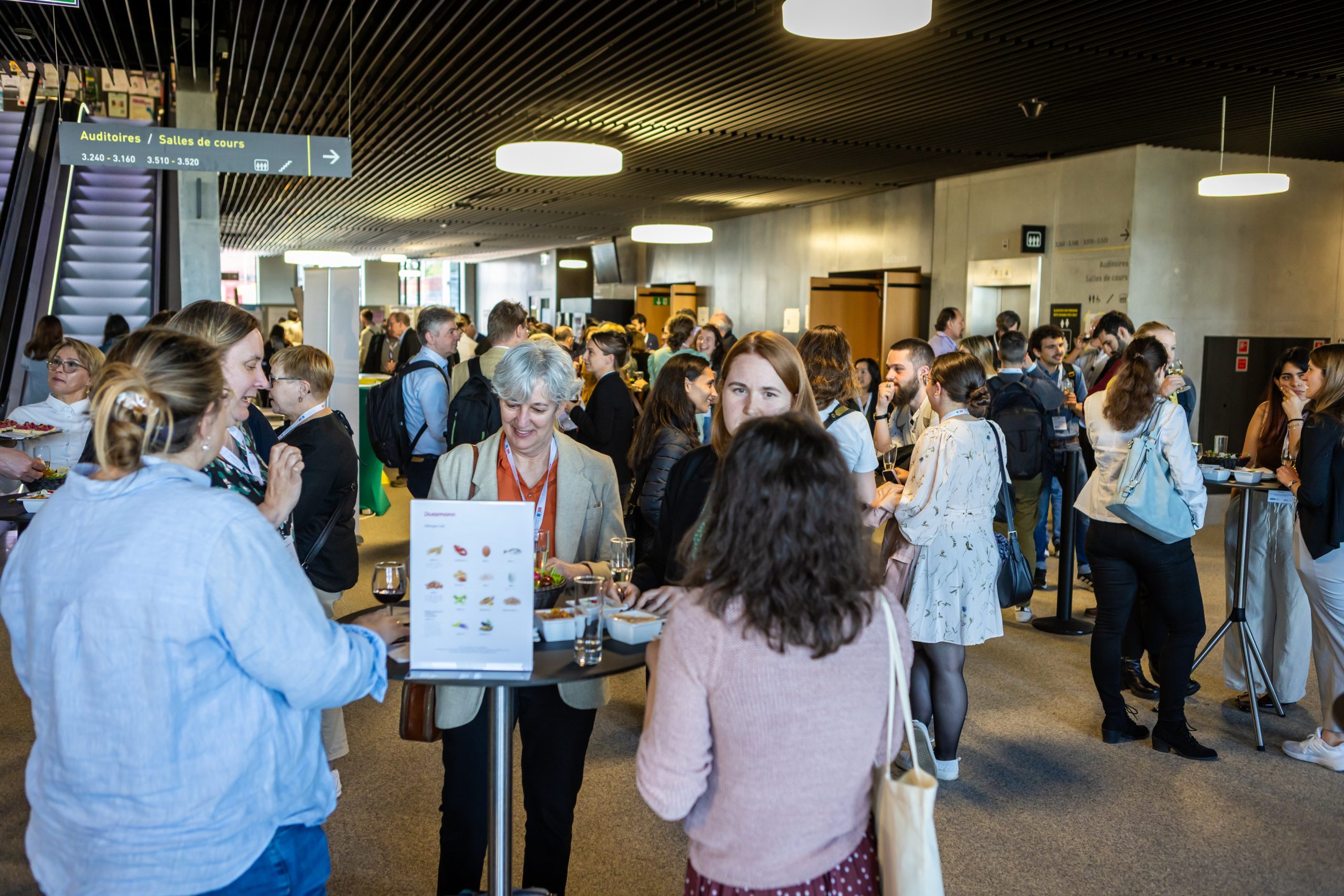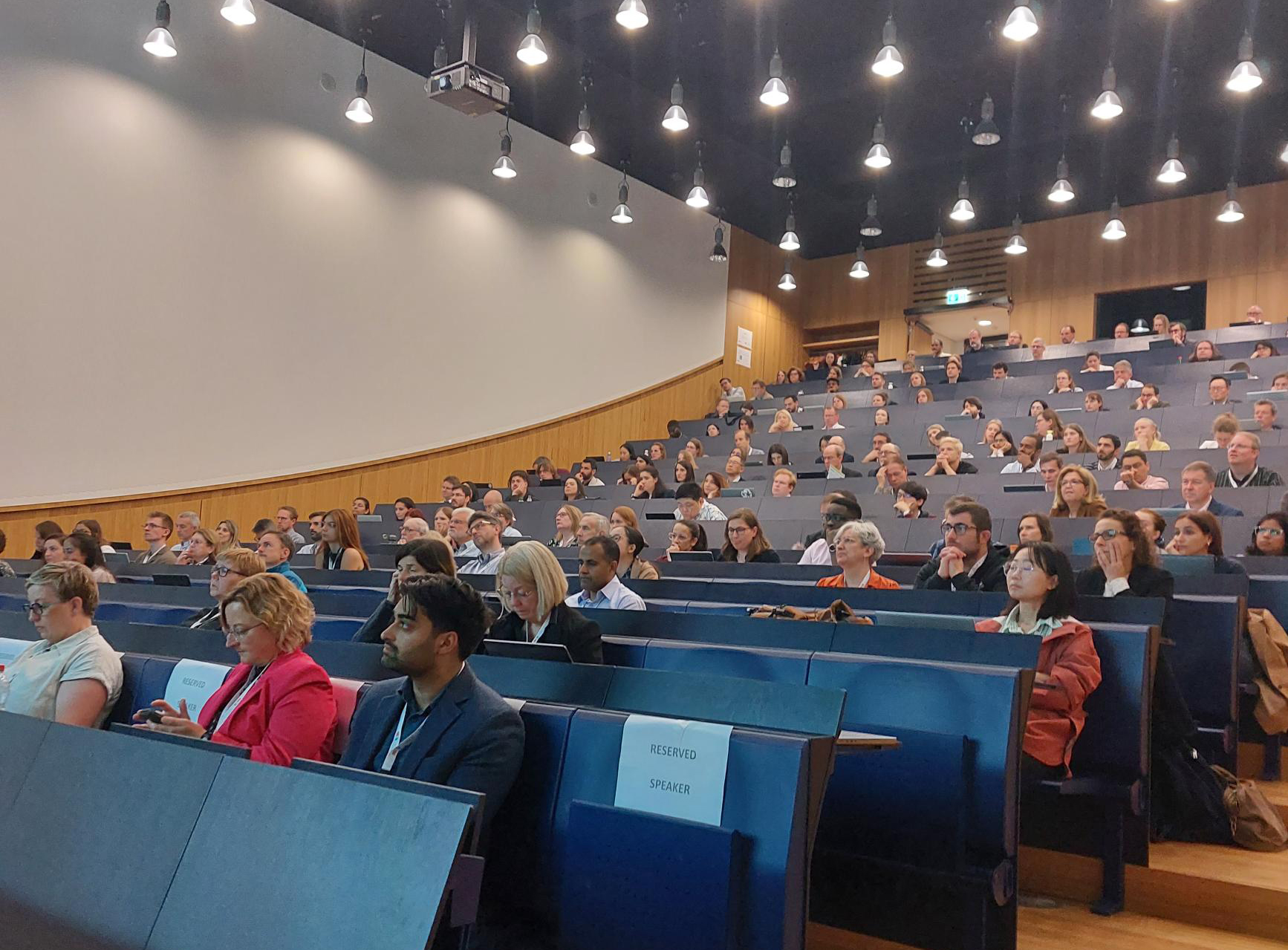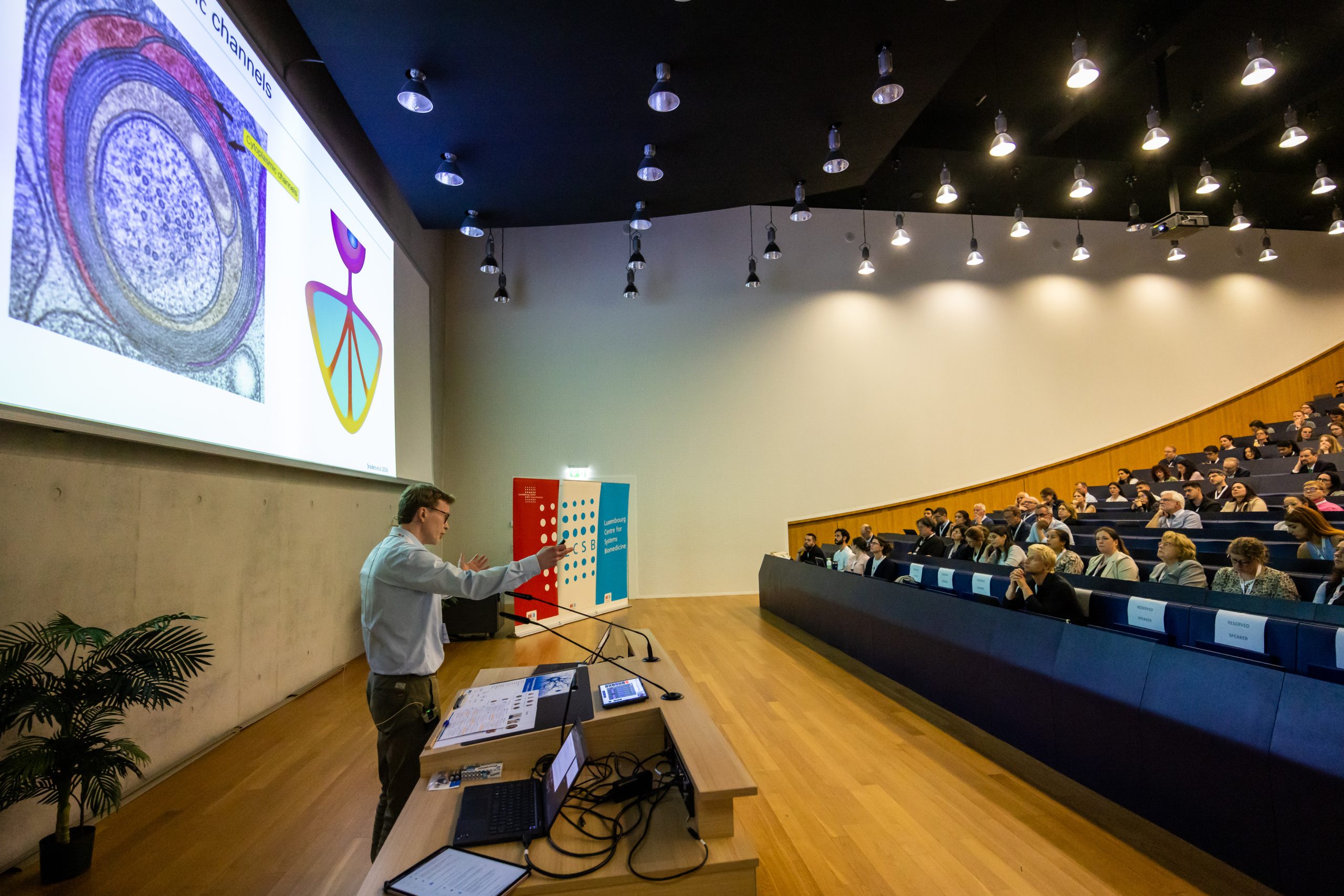From 15 to 17 May, over 250 researchers, clinicians and students from around the world came to Campus Belval for the 2025 edition of the Venusberg Meeting on Neuroinflammation. Originally created by Prof. Michael Heneka in Bonn and hosted by the Luxembourg Centre for Systems Biomedicine (LCSB) for the second time, this scientific event gathered international experts studying the human brain and its diseases.
Much more than just neurons
The theme chosen for the 8th edition of the conference was “Cerebral immune activation at the crossroads of healthy aging, senescence and neurodegeneration” and the different sessions highlighted the diverse cell types that constitute the brain. Over 30 talks explored the roles that microglia, oligodendrocytes and astrocytes play in diseases such as frontotemporal dementia, multiple sclerosis and Alzheimer’s disease. They underlined the complex interplays of all glial cells that are essential to support the neuronal network but are also intricately connected to pathological mechanisms.
Microglia were for example at the heart of talks by Prof. Eric Klann from the Center for Neural Science at New York University and Prof. Lennart Mucke, founding director of the Gladstone Institute of Neurological Disease, while Prof. Klaus-Armin Nave from the Max Planck Institute of Experimental Medicine and Dr Philip Hasel from the University of Edinburgh presented their work on oligodendrocytes and astrocytes, respectively.
Some of the presentations, including a plenary talk by Prof. Mikael Simons from the University of Munich, focused on myelin, the insulating layer that forms around neurons, and its evolution with age, while other tackled the role of epigenetics, with for example the involvement of non-coding RNAs in Alzheimer’s.
Targeting complexes responsible for cells’ unhappiness
The inflammasomes, multiprotein complexes of the innate immune system responsible for the activation of inflammatory responses and cell death, were also extensively discussed as they drive many diseases. The plenary talk by Prof. Kate Schroder from the University of Queensland shed light on the influence of the NLRP3 inflammasome. Her presentation also emphasised how these complexes constitute interesting drug targets and mentioned existing clinical trials.
“The variety of cell types and molecular structures involved shows the fascinating complexity of the human brain in health and disease,” said Prof. Michael Heneka, Director of the LCSB and host of the event. “Bringing these different fields together in a single conference is essential to make sense of this puzzle as a whole.”
Standing on the shoulders of giants…
For a change of pace, an historical talk by Prof. Helmut Kettenmann from Shenzhen University reminded the audience of the work done by pioneers in the field of glial cells, from the first description of these cells in 1858 to the suggestion about their pathological potential by Alois Alzheimer in 1910.
The basic equipment used by these scientists, the beautiful representations they drew and their insightful hypothesis left today’s researchers amazed by their predecessors.
… and looking at cutting-edge technological developments
In comparison, a full session was dedicated to the latest technical developments in the field, highlighting how far we have come. Between single nucleus RNA sequencing, omics approaches and high-definition imaging, discussions on methodological advancements and emerging perspectives were teeming.
A platform for scientific exchange and collaboration
The conference also offered a vibrant networking environment, with over 100 scientific posters displayed and blitz talks by young academics, an industry exhibition and a walking dinner where attendees could engage with peers, share ideas and make new connections. The interdisciplinary nature of this three-day event bridged the gap between fundamental science discoveries and their translation into innovative clinical applications, fostered thought-provoking discussions and promoted future collaborations.
—
The conference was supported by the Fonds National de la Recherche (FNR) and the following sponsors: Novo Nordisk, Roche, Sanofi, Fujirebio, Olink, Quanterix, Ventus Therapeutics, Monte Rosa Therapeutics, MindImmune, Alamar Biosciences and Muna Therapeutics
